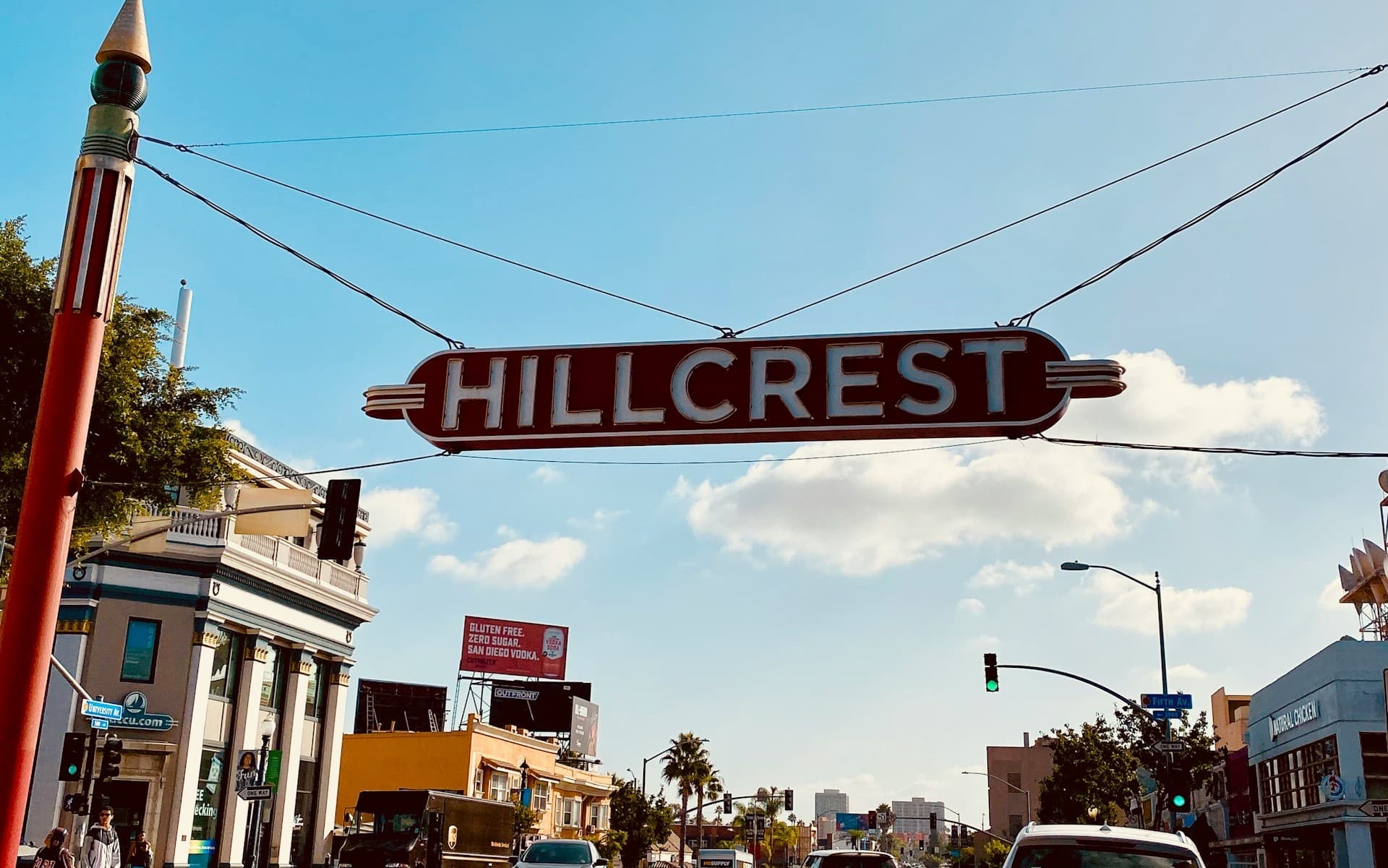'Build, Baby, Build!' is NOT the Answer to Housing Crises

Can San Diego build its way out of its three-part housing crisis – supply, affordability and homelessness? Some of elected officials think so and are leading the charge.
I have been in the real estate industry for 50-plus years, and I say they are on the wrong track. Building everything, everywhere, all at once (with apologies to the Oscar-winning Best Picture) is a knee-jerk reaction and has serious consequences that are being ignored. Here are three.
“There Goes the Neighborhood”
ADUs (alternate dwelling units) are the new hot thing. But when we see 17 housing units being built behind a single-family home in Clairemont (on a cul-de-sac), and 23 housing units being built in four connected buildings in Encanto, it’s obvious something is wrong.
How about 120 backyard apartments on two single-family lots in Pacific Beach? It’s called “Chalcifica” and one newspaper headline labeled it an “ADU farm.” Seriously?
Those multi-family housing projects don’t fit on those lots, much less in their neighborhoods. Permitting high-rise buildings in some neighborhoods just doesn’t make sense. When the City makes plans to accommodate 50,000 more people in Hillcrest, it is going to dramatically change the nature and character of that community.
Turning a blind eye to neighborhood character when permitting new housing construction is going to drive down values, drive out long-time residents and jeopardize precisely what was so attractive and made people want to buy homes there.
Planning for new housing needs to be consistent with neighborhood character!
Exceeding Infrastructure Capacity
Housing requires infrastructure that has been planned and constructed to accommodate what is or will be there. Think of water supply, electricity demand, sewer systems, roads, schools, parks and all the other amenities that we take for granted. Adding housing willy-nilly without considering the increased burden on infrastructure is a good way to increase the risk of catastrophic failure.
Increasing the capacity of existing infrastructure means tearing up roads and sidewalks and more. To what end?
And there are more subtle impacts of adding more, more, more. What about air quality? Water quality? Open spaces? Green spaces? Wetlands? Are we willing to sacrifice these quality-of-life issues with no forethought?
What About Quality of Life?
If there is one thing that best defines the appeal of San Diego (city, county and region), it is our enviable quality of life. I don’t want to live in Los Angeles, and I don’t want to see San Diego become like Los Angeles.
I also want to protect our coast, which is a large part of the reason why I was a California Coastal Commissioner for 12-plus years. I don’t want to live in Miami either and I don’t want to see San Diego become like that. Densification in the wrong places creates at least as many problems as it solves with quality of life at the top of my personal list.
Now I also acknowledge that San Diego’s quality of life going forward will require increasing housing supply and affordability and solving the homeless crisis. Here are some thoughts about how to thread the needle.
Striking the Right Balance
There are a number of ideas being touted that are worth exploring and likely implementing. Reducing minimum lot sizes, for example, from 5,000 square feet, can spur new housing development and possibly reduce prices, addressing both supply and affordability. That is, if it is done right (more on that below).
ADUs are not uniformly a bad idea, especially in areas where multi-generational families want to be together or in close proximity. And they can be starter homes for people just starting their families.
There are clearly areas where high-rise development is not only possible but appropriate, such as in downtowns of our major cities – San Diego, Chula Vista and so on. If you want to see what it looks like done the right way, visit Vancouver, Canada. High rises are located so as to maintain view corridors and a feeling of open space. It is a waterfront city that is a model.
The San Diego Union-Tribune asked its “Econometer” panel about the minimum lot size idea a few months ago. What struck me, besides the thoughtful answers on both sides, was two extremely similar phrases about what is really needed – “thoughtful community planning” and “thoughtful development strategy”.
Thoughtful planning -- rather than knee-jerk, reactionary overreaches -- are what I would like to see our electeds focus on to solve our housing challenges. That takes vision.
To quote Proverbs 29:18, “Where there is no vision, the people perish.”
That may be a bit extreme. But surely where there is no vision, the people suffer.
 David Malcolm
David Malcolm






